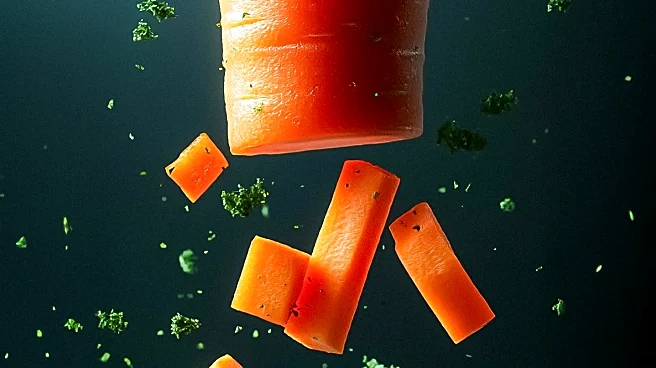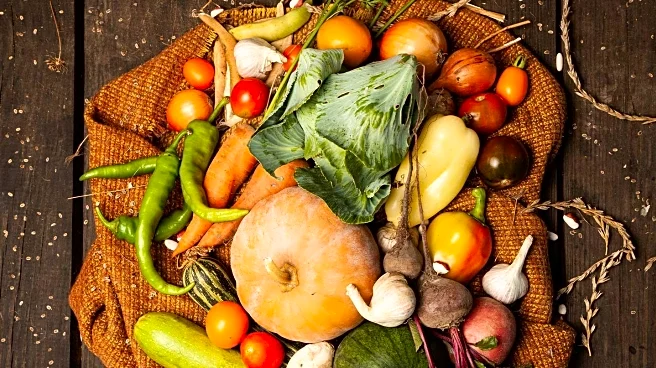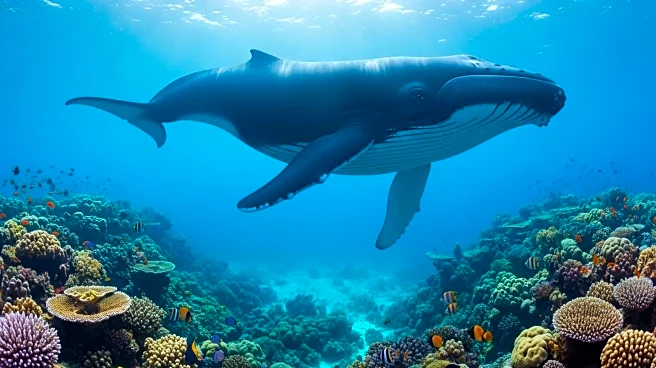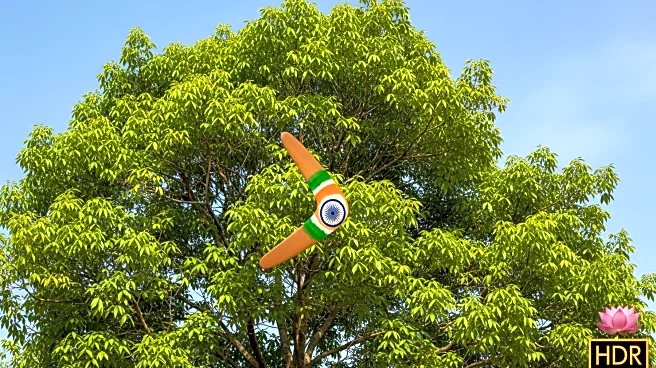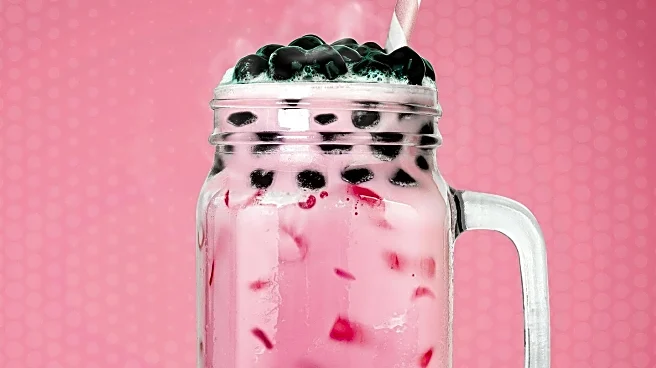What's Happening?
A recent study published in the journal Environmental Research has discovered nanoplastics in the edible parts of vegetables for the first time. The research focused on radishes, exposing their non-fleshy roots to polystyrene nanoplastics, which are commonly found in agricultural soils. The study revealed that 25% of the nanoplastics reached the edible roots and 10% reached the shoots. This finding is significant because it demonstrates that nanoplastics can bypass the Casparian strip, a protective hydrophobic layer in plants that typically prevents such particles from reaching edible parts. The study used radiolabelling to track the movement of these particles, highlighting the potential for nanoplastics to accumulate in vegetables over time.
Why It's Important?
The presence of nanoplastics in vegetables poses a significant health risk to consumers. Unlike microplastics, nanoplastics are small enough to enter the human bloodstream from the lungs or intestines, potentially reaching vital organs such as the heart and brain. This ability to penetrate human cells and even affect newborns during pregnancy makes nanoplastics particularly dangerous. The study's findings suggest that nanoplastics could accumulate in other crops, such as lettuce, posing a broader threat to food safety. As the dangers of microplastics are already a prevalent concern, the discovery of nanoplastics in edible plants adds a new dimension to the ongoing debate about food safety and environmental pollution.
What's Next?
The study indicates that further research is needed to understand the full extent of nanoplastic accumulation in various crops and its implications for human health. As the experiment only lasted five days, longer-term studies could reveal greater accumulation levels. The food and beverage industry may need to reassess its sustainability practices and consider measures to mitigate nanoplastic contamination in agricultural soils. Policymakers and environmental groups might push for stricter regulations on plastic use and disposal to prevent further contamination of food sources.
Beyond the Headlines
The discovery of nanoplastics in vegetables raises ethical and environmental concerns about the widespread use of plastics and their impact on food safety. It highlights the need for increased awareness and action to address plastic pollution, which could have long-term effects on human health and the environment. The study also underscores the importance of developing sustainable agricultural practices that minimize the introduction of harmful substances into the food chain.

